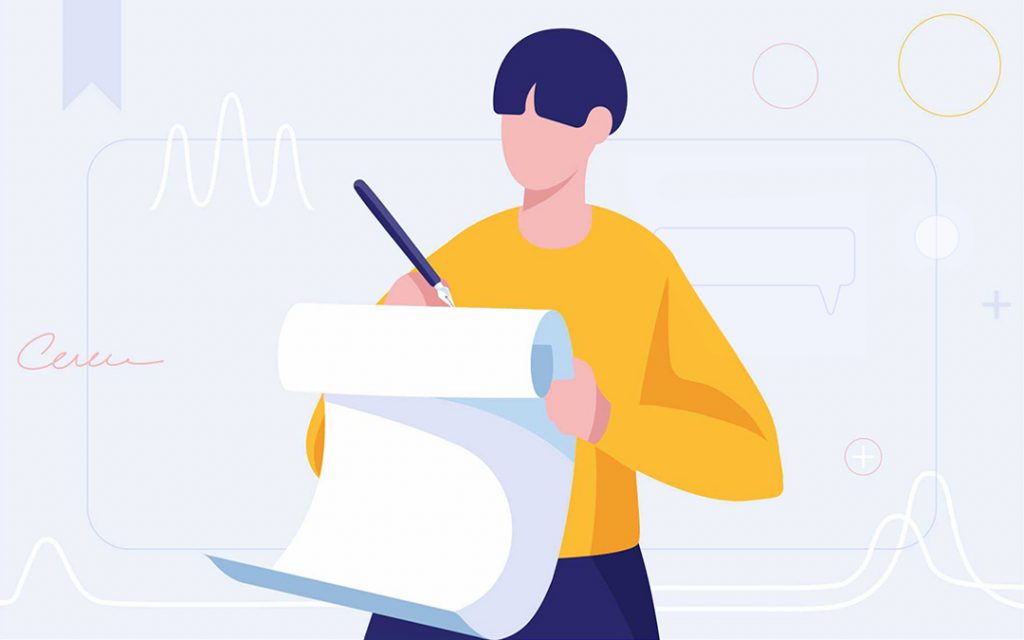When you step into a beautifully designed room, there’s an immediate emotional response—calm, excitement, curiosity, or even comfort. But what triggers that feeling? While color and lighting often take center stage, texture and pattern quietly shape our psychological experience of a space.
In this article, we’ll explore how these two often-overlooked elements affect mood, perception, and harmony in your home—and how you can use them like a designer to create interiors that not only look beautiful but also feel right.
1. How Texture Shapes Emotional Response
Texture, whether visual or tactile, plays a powerful role in creating atmosphere. It can communicate warmth, luxury, rawness, or serenity.
Why it matters psychologically:
- Soft textures (like velvet or plush rugs) evoke comfort and relaxation.
- Rough or raw textures (like brick, natural wood, or concrete) create a grounded, earthy vibe.
- Glossy or smooth textures (like glass, lacquer, or polished tiles) feel clean, modern, and often energizing.
Where to use texture:
- On walls (think textured wallpapers or stone cladding)
- In flooring, the underfoot feel impacts daily mood
- Through accessories like throws, pillows, and ceramics
For flooring that offers both tactile and visual impact, Designer floor tiles from Mineral Tiles offer diverse finishes—from matte and rustic to high-gloss modern—that can instantly set the tone for any room.
2. The Psychology of Pattern Recognition and Repetition
Patterns are more than just decoration—they affect how our brains process space. Repetition and rhythm give us a sense of order, balance, and comfort, while bold patterns inject personality and drama.
Psychological effects of the pattern:
- Repeating patterns offer predictability and reduce cognitive stress
- Bold, large-scale prints stimulate and energize (best for accent walls or entryways)
- Organic or asymmetric patterns feel more casual and relaxed
Pattern placement tips:
- Use geometric tiles for a clean, structured look
- Organic tile shapes or Moroccan patterns for warmth and fluidity
- Break up minimal interiors with patterned flooring or backsplashes
3. Texture & Pattern in Tile Design: A Smart Duo

Tiles are one of the most versatile tools to add both texture and pattern. From embossed surfaces to bold motifs, they offer an efficient way to enrich your interior’s emotional appeal.
When designing a space, it’s easy to focus on visual elements like color and furniture, but texture and pattern play a huge role in shaping our emotional response to a room. For instance, soft textures can evoke feelings of comfort and relaxation, while rough textures can create a grounded, earthy vibe. To add depth and interest to a space without overwhelming the senses, consider incorporating elements like acoustic wall panels, which can also help with sound quality. By thoughtfully combining different textures and patterns, such as smooth tiles and natural stone, you can create a space that feels inviting, sophisticated, and deeply personal. The key is to strike a balance between different elements, letting some surfaces speak while others support, to create a harmonious and functional space.
Best areas to combine the two:
- Bathroom feature walls with 3D tiles
- Kitchen backsplashes with textured subway tile
- Living room or hallway floors with patterned encaustic tiles
Not sure which tile type suits your space and mood goals? Dive into understanding different types of tiles to explore options like ceramic, porcelain, glass, and stone, and how their unique finishes affect the feel of your rooms.
4. How Texture Affects Light and Space Perception
Texture interacts with natural and artificial light, subtly transforming how a room is perceived in size, depth, and energy.
Light + texture psychology:
- Matte textures absorb light, creating intimacy
- Glossy surfaces reflect light, making small spaces feel larger
- Layered textures create depth, even in compact spaces
To make the most of this:
- Use smooth tiles in dark hallways to bounce light
- Introduce natural textures like jute, rattan, or textured stone in relaxing zones
- Blend different material textures to prevent monotony
5. Balance is Key: Don’t Overload the Senses
Too many patterns or clashing textures can create sensory overwhelm. The key is intentional layering—letting some surfaces speak while others support.
Tips to balance texture and pattern:
- Follow the 60/30/10 rule: 60% base texture, 30% secondary, 10% accent
- Let patterned tiles be the focal point—pair with neutral walls or minimal furniture
- Combine rough with smooth, shiny with matte for richness without clutter
When done right, the psychological effects are transformative—spaces feel inviting, sophisticated, and deeply personal.
Conclusion
Your home should be more than just visually appealing—it should feel right. Texture and pattern, when used purposefully, trigger subconscious responses that shape how we experience a space. From calming sanctuary to vibrant social zone, these design tools allow you to direct mood, emotion, and energy.
So the next time you’re decorating, don’t just think in terms of colors—think in feels and finishes.





/socialsamosa/media/media_files/2zHb3sGz3BcGQQrVtOoh.png)



